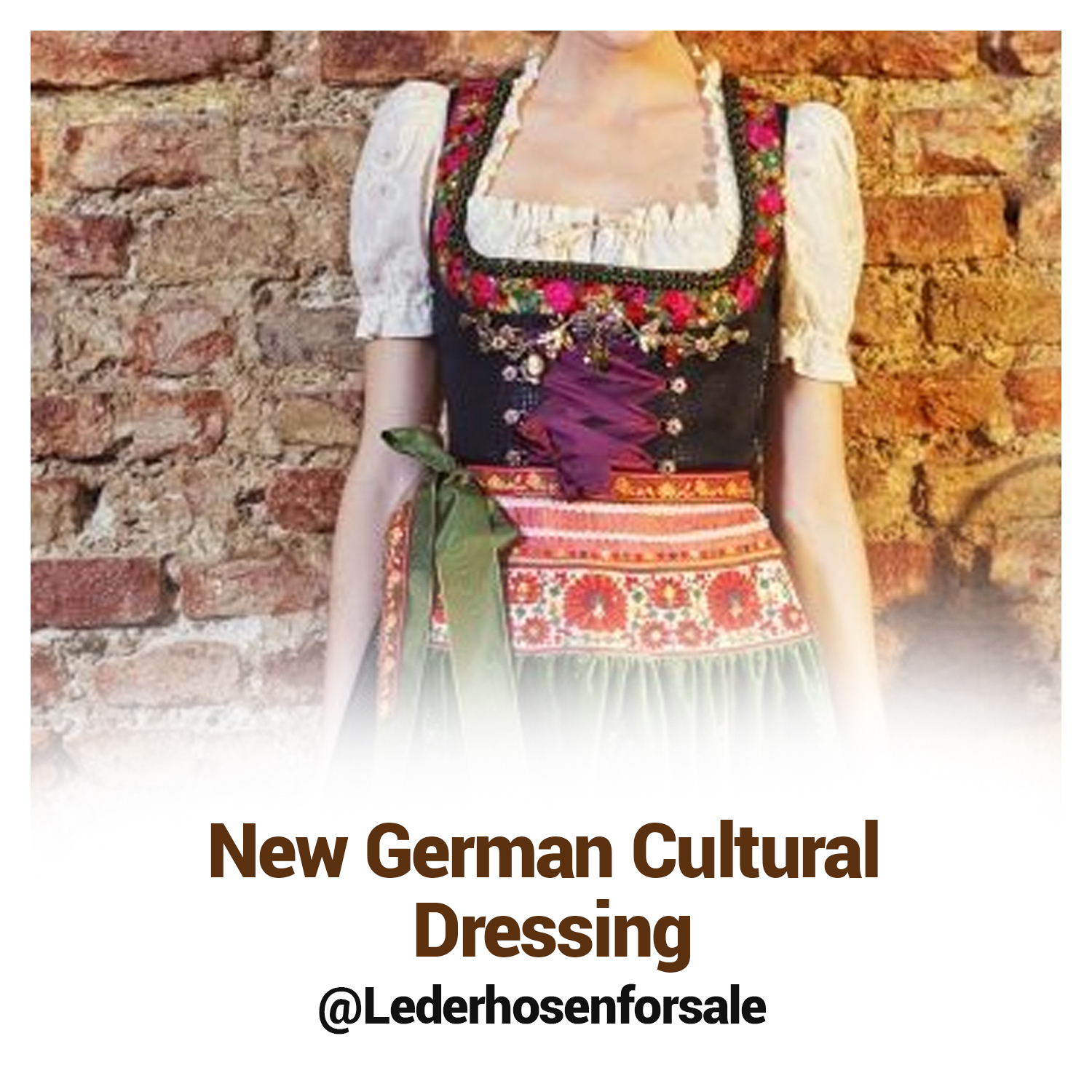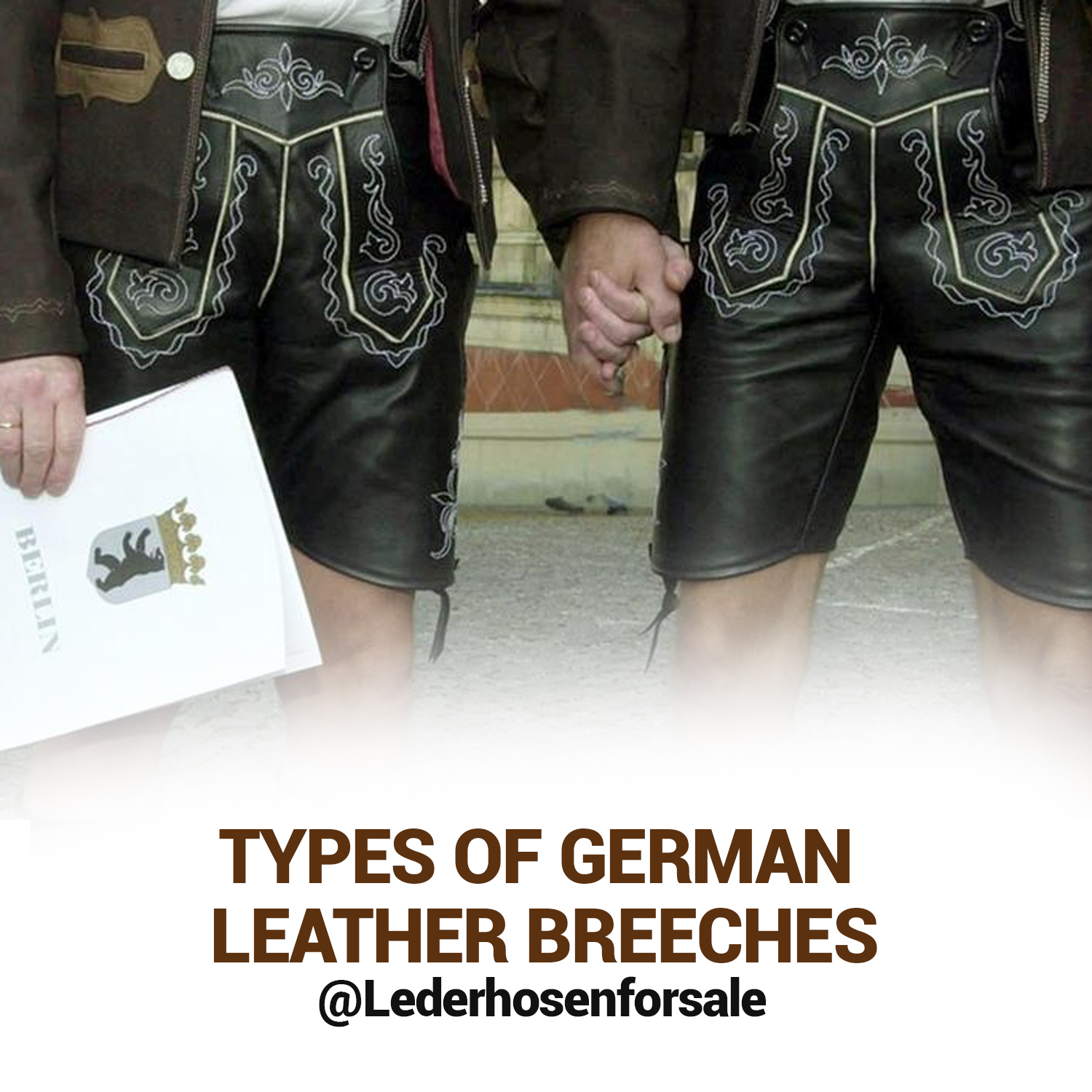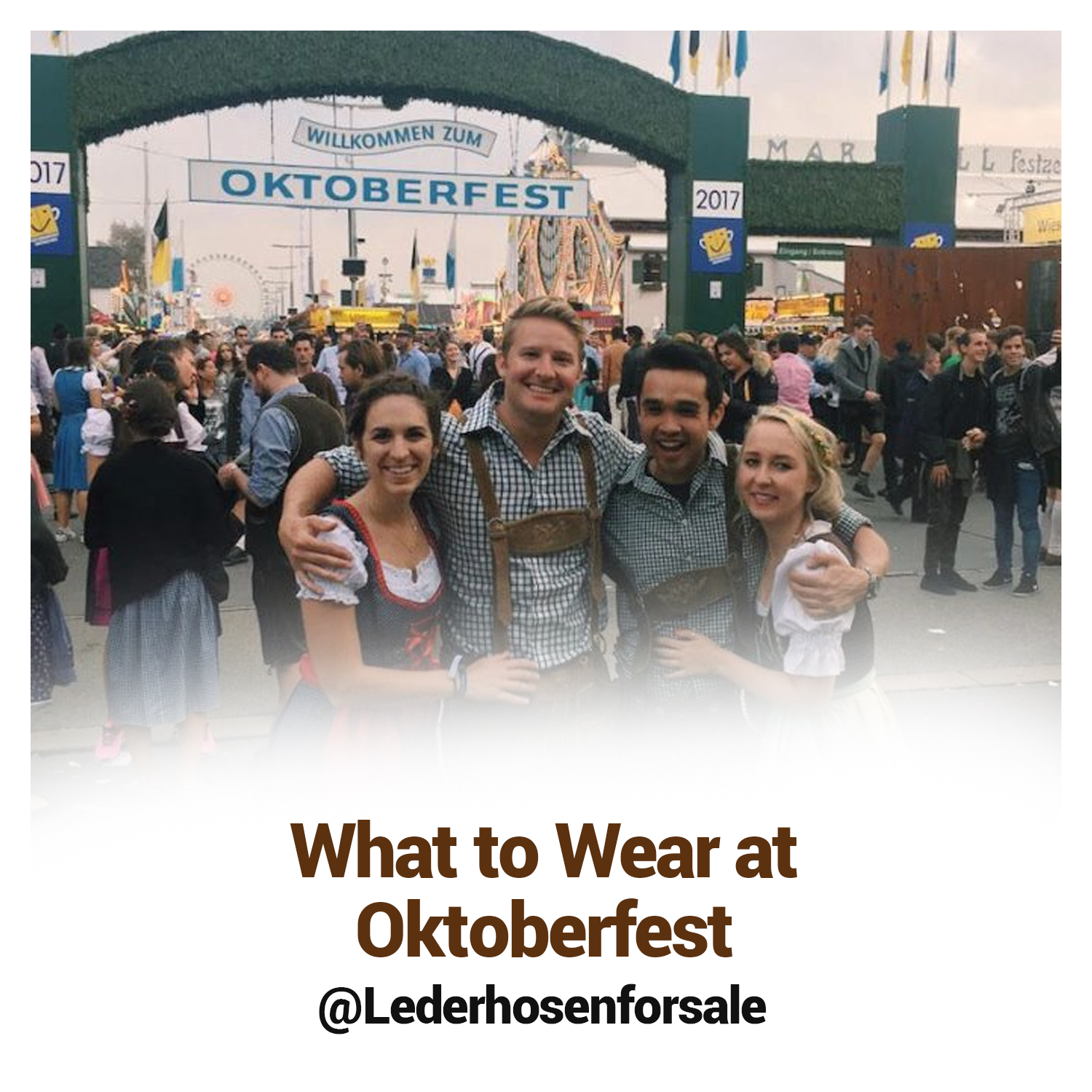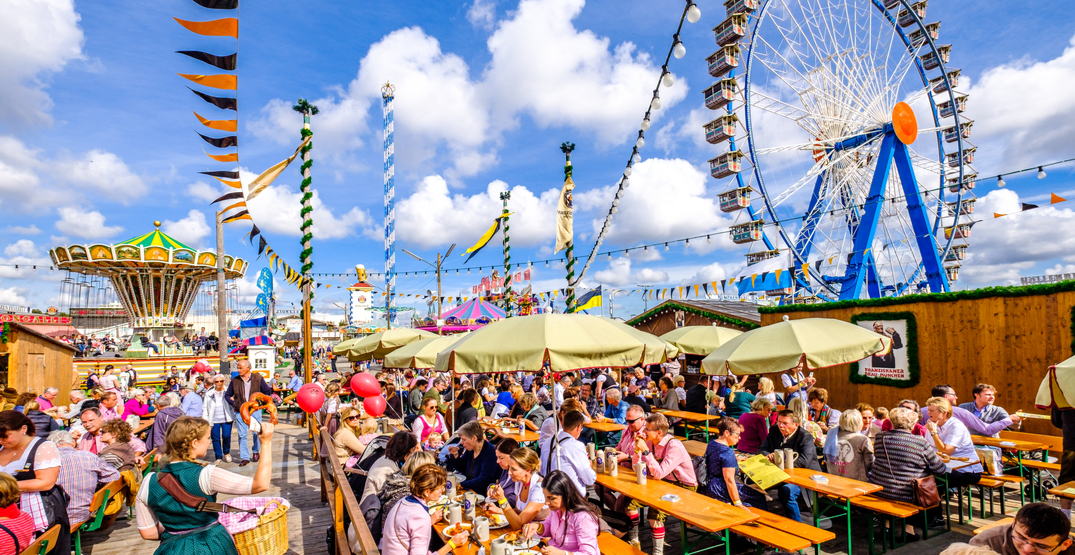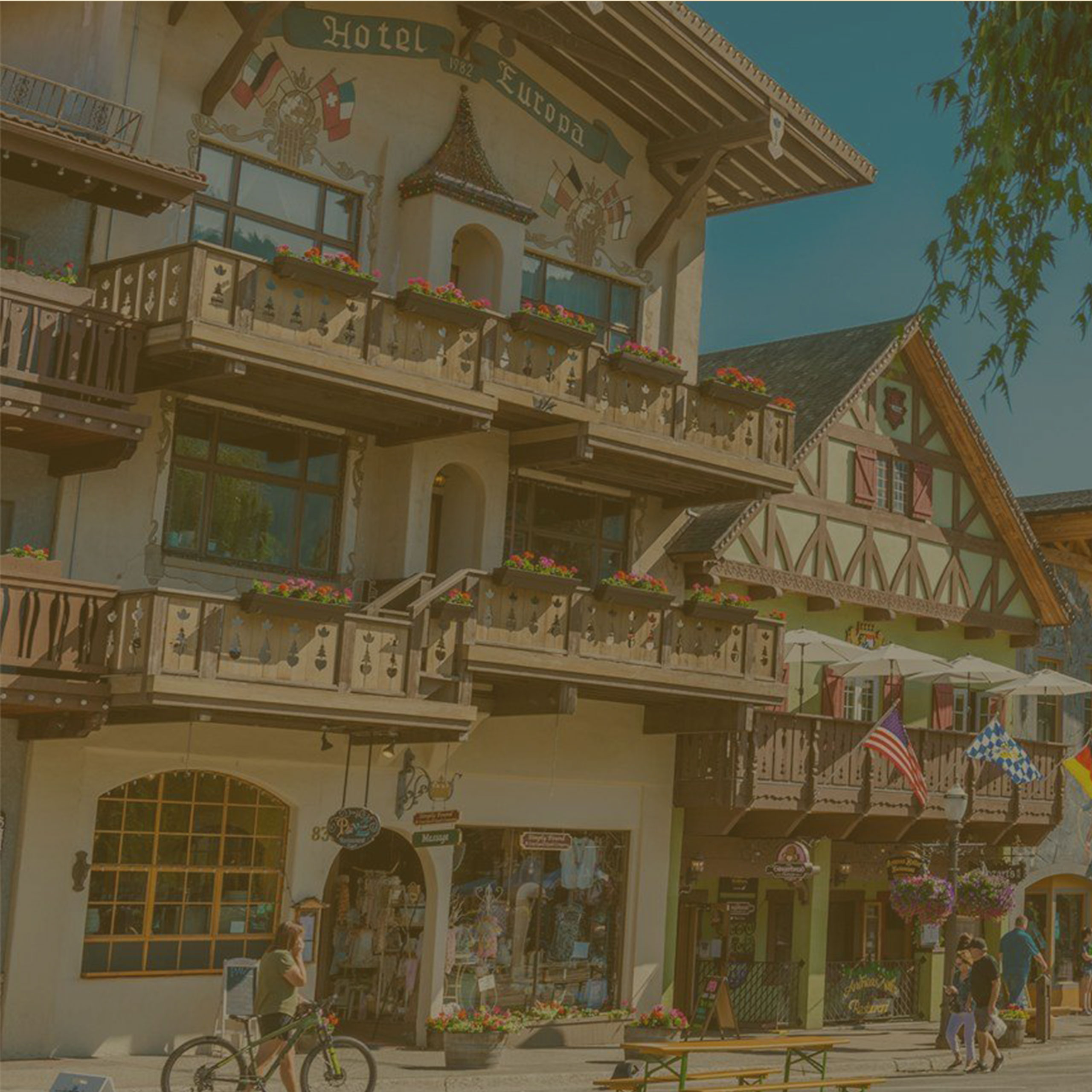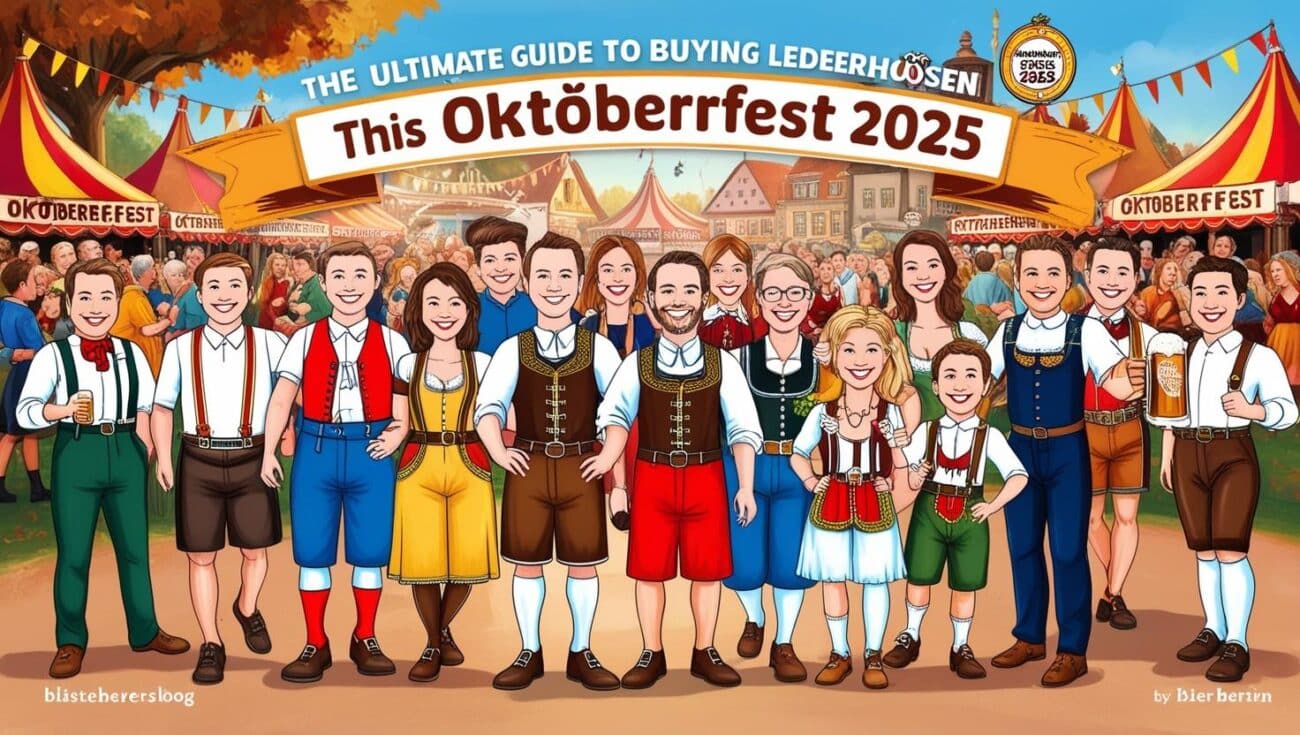Lederhosen for Women
Bavarian culture is famous for innovating German lederhosen—the leather breeches which revolutionized farming for many farmers and represented the German working class. After 2 centuries, comes lederhosen women.
Lederhosen
These breeches are similar to men’s lederhosen, they are paired with a cotton blouse, leather boots, and leather hats for the complete look. Lederhosen women contain more embroidery and embellishments which gives the leather breeches are more feminine look.
When are they Worn?
They are worn by women for ceremonial occasions such as traditional celebrations like Oktoberfest where it is expected to attend the festival in a bavarian costume. They are also more fitted and shortened by women who like to make their figures stand out.
Discovery of Lederhosen
Lederhosen was first discovered in the late 18th century. By combining the french culottes with the newly invented leather pants, Bavarians were able to introduce an outfit that can be worn for working purposes for the working class of Europe. Not only does lederhosen represent the history and culture of Bavaria, but it also signifies the contributions of German countrymen to European history and community.
The material used in Lederhosen
The leather in Lederhosen women allows for stains and dirt to be easily wiped away as the leather is waterproof. It is also able to withstand the harsh winter temperatures of Central Europe.
Dirndl Dress
The dirndl dress was originally worn in Austria by the Austrian royal family’s household. It came to be a popular attire worn by the working women class in Austria and slowly spread to the rest of Europe.
Components of the Dress
The dirndl dress consists of a blouse, skirt, and apron on top. The position of the knot on the apron determines the marital status of women. If the knot is to the left, meaning the woman is single or not married. If it is to the right, means the woman is married or taken. If the knot is tied at the back, means the woman is a servant, waiter, or child.
Styles
Dirndl comes in many shades and sizes, mostly in shades of blue brown, and black. Blue shades were worn for special or celebratory occasions and other colors are worn for the rest. Nowadays, you can find German dirndl in many colors and shades.
Evolution of Dirndl
Originally, dirndl would be made of cotton or wool. When its fashion spread to the upper social class of Europe, they were worn in silks and shiny material. Not only did it make the dress more attractive, but their physiques would look amazing and the dress became more popular.
Nowadays, you can find dirndl in many shapes and sizes. They are worn in shorter lengths and with much more embroidery, embellishments, and cuts to suit today’s fashion trends. Germans still were lederhosen or dirndl on special occasions and festivities.

